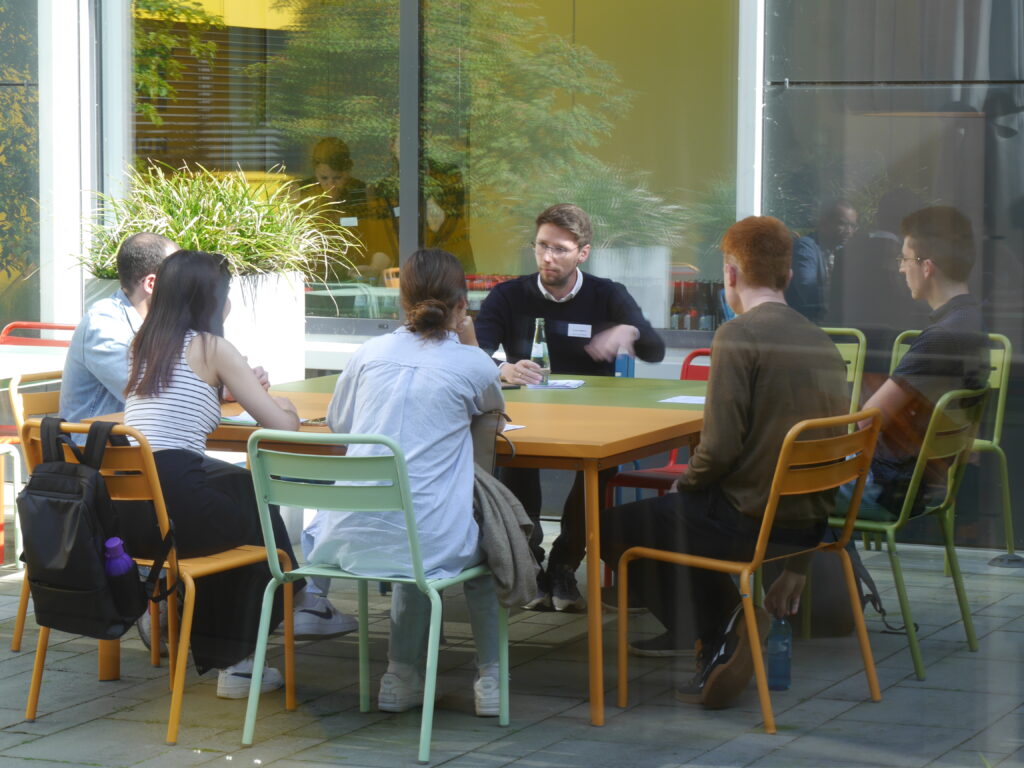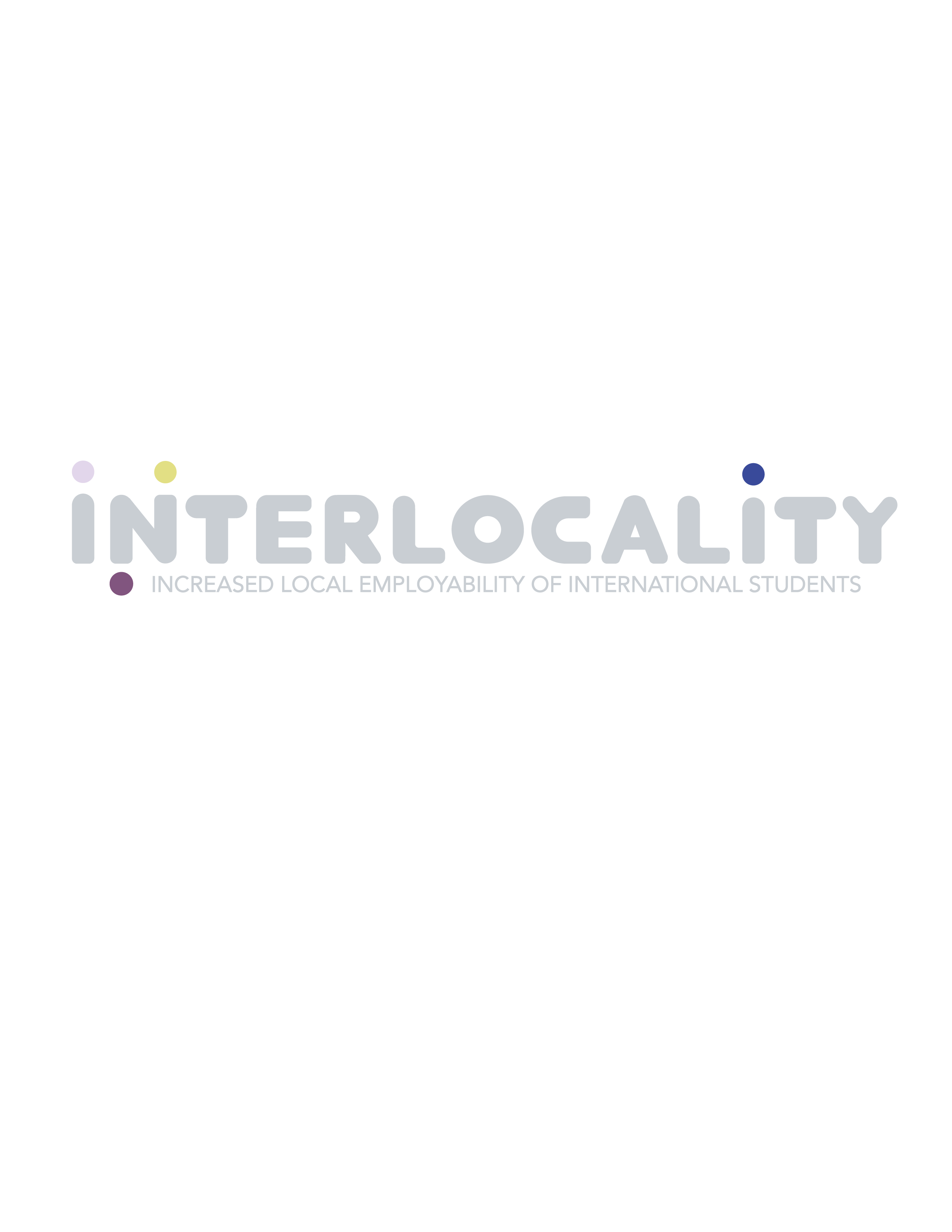
The Employability Activities Catalogue (EAC) is part of an Intellectual Output within the ERASMUS+ Strategic Partnership “INTERLOCALITY – Increased local employability of international students”. It aims at mapping and collecting employability and retention activities and initiatives within the consortium of the five partners.
The Employability Activities Catalogue is the basis for a special Career Programme within the partnership, the “International Talent Journey” (ITJ). The ITJ describes an intensive career development program for international students with three blocks: Orientation, Qualification and Networking.
The Catalogue is a source of knowledge and inspiration for setting up the ITJ.
Background
Higher education institutions can use the Employability Activities Catalogue as inspiration and adapt it to their own structures, needs and resources. The activities collected in the catalogue are the consortium’s experiences with previous and current employability activities.
Our opinion: Universities have a responsibility to provide graduates with opportunities and experiences that increase their employability and prepare them to enter the labour market.
The issue of graduate employability has received particular attention in recent years. Various political, economic, and social phenomena have contributed to an increasing focus on the employment rate of graduates and have become one of the criteria for assessing the quality of higher education institutions.
For years, educational institutions have supported the transition of their students into the job market. They offer various resources to empower students and graduates to design their future and follow a meaningful career path. This partnership aims to address the specific needs of international students entering the local labour market.
The working definition of employability refers to M. Yorke in 2006 “Employability in Higher Education: What It Is, What It Is Not” (1), with the following definition: Employability means… “a set of achievements – skills, understandings and personal attributes – that makes graduates more likely to gain employment and be successful in their chosen occupations, which benefits themselves, the workforce, the community and the economy.”
Another aspect is the reference to secure jobs in the description of three abilities within employability (2):
The employability activities of universities does not only focus on students, but also on employers. As Caroline Scheepmaker, Manager of the Career Centre, TU Delft, the Netherlands and Nannette Ripmeester, Director of Expertise in Labour Mobility, the Netherlands already pointed out in their EAIE-blog from 2012 “Employability: Matching employer needs with student capabilities” from 2012 (3):
“Higher education institutions need to shift from a focus on career education for graduates only (connecting them to industry) to facilitating the participation of industry representatives in activities. Joint student and employer career education is key to bridging the current gap in employer and graduate expectations.”
The Employability Activities Catalogue is a collection of more than 95 measures from the partners that try to take into account the current knowledge about employability of (international) students and show the diversity of activities in this area.
(1) Yorke, M. (2006) Employability in Higher Education: What It Is-What It Is Not: Learning & Employability Series 1. The Higher Education Academy, York
(2) Hillage, J. and Pollard, E. (1998) Employability: developing a framework for policy analysis. London: Department for Education and Employment.
(3) https://www.eaie.org/blog/matching-employer-needs-with-student-capabilities.html
| Cookie | Duration | Description |
|---|---|---|
| cookielawinfo-checkbox-analytics | 11 months | This cookie is set by GDPR Cookie Consent plugin. The cookie is used to store the user consent for the cookies in the category "Analytics". |
| cookielawinfo-checkbox-functional | 11 months | The cookie is set by GDPR cookie consent to record the user consent for the cookies in the category "Functional". |
| cookielawinfo-checkbox-necessary | 11 months | This cookie is set by GDPR Cookie Consent plugin. The cookies is used to store the user consent for the cookies in the category "Necessary". |
| cookielawinfo-checkbox-others | 11 months | This cookie is set by GDPR Cookie Consent plugin. The cookie is used to store the user consent for the cookies in the category "Other. |
| cookielawinfo-checkbox-performance | 11 months | This cookie is set by GDPR Cookie Consent plugin. The cookie is used to store the user consent for the cookies in the category "Performance". |
| viewed_cookie_policy | 11 months | The cookie is set by the GDPR Cookie Consent plugin and is used to store whether or not user has consented to the use of cookies. It does not store any personal data. |
